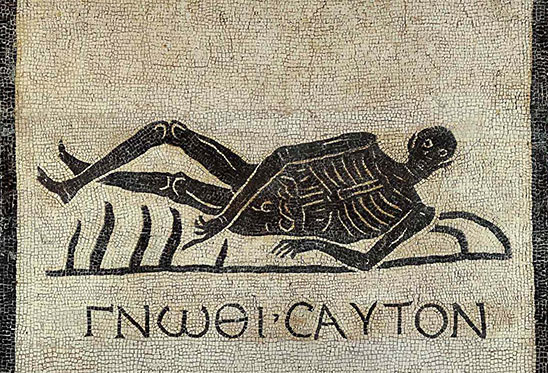Diet and Environment in the Roman World

This conference addresses one of the most important new directions in classical archaeology: an increasing attention to human environments. The evidence of plant, faunal, and skeletal data provide the possibility of a fuller understanding of the ancient world—of agricultural techniques, diet, health, disease, and environmental change. Through the more intensive collection and analysis of biological data, classical archaeology is transforming from a discipline concerned principally with great monuments to a richer consideration of the relationship between humans and their many environments.
The conference will assemble an international group of specialists, including faunal and human skeletal specialists, archaeobotanists, ceramicists, and historians. Major excavations from around the Roman world will be presented in the light of new biological data, with teams of specialists from each site asked to present the whole of their collections, highlighting places where different kinds of evidence yield similar—and divergent—histories. Keynote summaries will be offered by archaeologists and historians, reflecting on the significance of individual findings for the field as a whole.
Presentations will be given in Italian, English, and French.
The event is sponsored by the Soprintendenza Speciale per i Beni Archeologici di Roma, the American Academy in Rome, the École Française de Rome, and the Escuela Española de Historia y Arqueología en Roma.